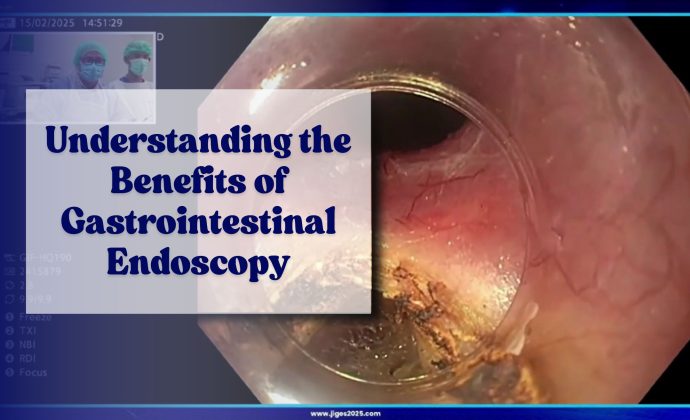
Understanding the Benefits of Gastrointestinal Endoscopy
Gastrointestinal (GI) diseases remain one of the major health challenges in Indonesia. In recent years, cases of non-infectious GI disorders such as inflammatory bowel disease, GERD, colorectal cancer, and other digestive conditions have continued to rise. Symptoms may vary, ranging from recurrent abdominal pain, nausea, bloating, and bowel disturbances, to cases where some patients experience no symptoms at all.
To enable early detection and treatment, gastrointestinal endoscopy has become an essential medical procedure. Endoscopy is a minimally invasive, safe, and effective technique that can also be combined with other diagnostic examinations. The benefits of gastrointestinal endoscopy include:
-
Direct visualization of the GI mucosa—from the esophagus, stomach, and colon to the terminal ileum—allowing detailed detection of changes in color, vascular patterns, and mucosal abnormalities.
-
Tissue sampling and therapeutic intervention, such as biopsies, controlling bleeding, polyp removal, and direct treatment of premalignant lesions.
-
Low morbidity and mortality rates when performed by experienced specialists.
-
Foreign body removal (e.g., coins, marbles, bones) without the need for major surgery, offering a faster and safer approach with minimal risk.
-
Colon cancer screening and prevention through colonoscopy.
With advances in medical technology, endoscopy has become even safer and more effective. High-definition imaging and state-of-the-art lighting systems provide clearer and more detailed visualization of the mucosa. Furthermore, the development of new techniques and devices allows endoscopic procedures to be performed with greater precision, minimal invasiveness, and very low risk of complications.
Given these advantages, gastrointestinal endoscopy plays a vital role in the early detection, diagnosis, and treatment of various digestive diseases. The availability of this technology is expected to improve the quality of life in the community through faster, more accurate, and safer management.
Reviewer: Rabbinu Rangga Pribadi, MD
References:
- Cowen, A E, and F A Macrae. “Gastrointestinal endoscopy: an accurate and safe primary diagnostic and therapeutic modality.” The Medical Journal of Australia vol. 157,1 (1992): 52-7.
- Moore, Lisa E. “The advantages and disadvantages of endoscopy.” Clinical Techniques in Small Animal Practice vol. 18,4 (2003): 250-3.
- Graham, David G, and Matthew R Banks. “Advances in upper gastrointestinal endoscopy.” F1000Research vol. 4 F1000 Faculty Rev-1457. 16 Dec. 2015.
- Abusuliman, Mohammed et al. “Advances in gastrointestinal endoscopy: A comprehensive review of innovations in cancer diagnosis and management.” World Journal of Gastrointestinal Endoscopy vol. 17,5 (2025): 105468.
Cover image: Documentation from JIGES 2025 live demonstration





 Users Today : 182
Users Today : 182 Total views : 2088887
Total views : 2088887 Who's Online : 6
Who's Online : 6